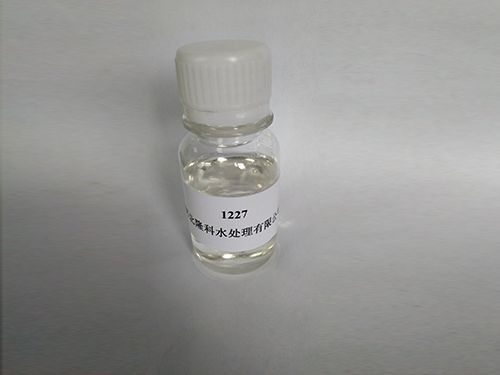Synthesis and Applications of Diethylene Triamine Penta Methylene Phosphonic Acid in Industrial Processes
Diethylene Triamine Penta Methylene Phosphonic Acid A Comprehensive Overview
Diethylene triamine penta methylene phosphonic acid (DTPMPA) is an important chemical compound that has garnered significant attention in various industries due to its unique properties and diverse applications. As a phosphonic acid derivative, DTPMPA serves as a chelating agent, which effectively binds metal ions, thereby preventing corrosion and scaling in industrial processes.
Chemical Structure and Properties
DTPMPA is characterized by its complex molecular structure that includes five phosphonic acid groups attached to a diethylene triamine backbone. This unique configuration endows the molecule with a high affinity for metal ions, particularly calcium, magnesium, and other divalent or trivalent metals. The strong chelation properties of DTPMPA make it an effective inhibitor for scale formation in water systems, where hardness ions tend to precipitate and cause operational inefficiencies.
The water-solubility of DTPMPA is another key feature that enhances its usability across a range of formulations. This characteristic allows for easy incorporation into various water treatments and cleaning solutions, making it a versatile choice for both industrial and domestic applications.
Applications in Industry
One of the primary applications of DTPMPA is in the field of water treatment. Due to its excellent scale inhibition capabilities, it is commonly used in cooling water systems, boilers, and reverse osmosis plants. By effectively chelating metal ions, DTPMPA helps prevent the formation of hard scales that can cause significant damage to equipment and reduce operational efficiency.
diethylene triamine penta methylene phosphonic acid

In addition to water treatment, DTPMPA is widely utilized in the formulation of detergents and cleaning agents. Its capacity to bind metal ions enhances the performance of these products, as it assists in the removal of stains and deposits that form due to mineral content in water. The inclusion of DTPMPA in cleaning products not only improves efficacy but also extends the product life by preventing metal-related degradation.
Moreover, DTPMPA finds application in agriculture, particularly in the formulation of fertilizers. By chelating essential micronutrients, it enhances nutrient availability to plants, leading to improved growth and yield. This property is particularly beneficial in alkaline soils, where nutrient availability can often be limited due to precipitation with other minerals.
Environmental Considerations
As with many chemical compounds, the environmental impact of DTPMPA should be considered. It is generally regarded as low in toxicity and poses minimal risk to human health when used as directed. However, the release of phosphonic acids into the environment can lead to concerns regarding their persistence and potential impact on aquatic ecosystems. Thus, it is essential for industries using DTPMPA to implement best practice guidelines for handling and disposal to minimize any adverse effects.
Conclusion
In summary, diethylene triamine penta methylene phosphonic acid is a remarkable compound valued for its chelating properties and versatility across multiple industries. From water treatment and cleaning agents to agricultural applications, DTPMPA plays a crucial role in improving efficiency and performance. While its environmental impacts warrant careful consideration, the benefits it offers in various domains underscore its significance as a multifunctional agent in modern industrial practices. As research progresses, further advancements in formulations and applications may broaden the scope of DTPMPA's utility, contributing to more sustainable industrial processes.
-
Water Treatment with Flocculant Water TreatmentNewsJun.12,2025
-
Polymaleic AnhydrideNewsJun.12,2025
-
Polyaspartic AcidNewsJun.12,2025
-
Enhance Industrial Processes with IsothiazolinonesNewsJun.12,2025
-
Enhance Industrial Processes with PBTCA SolutionsNewsJun.12,2025
-
Dodecyldimethylbenzylammonium Chloride SolutionsNewsJun.12,2025





